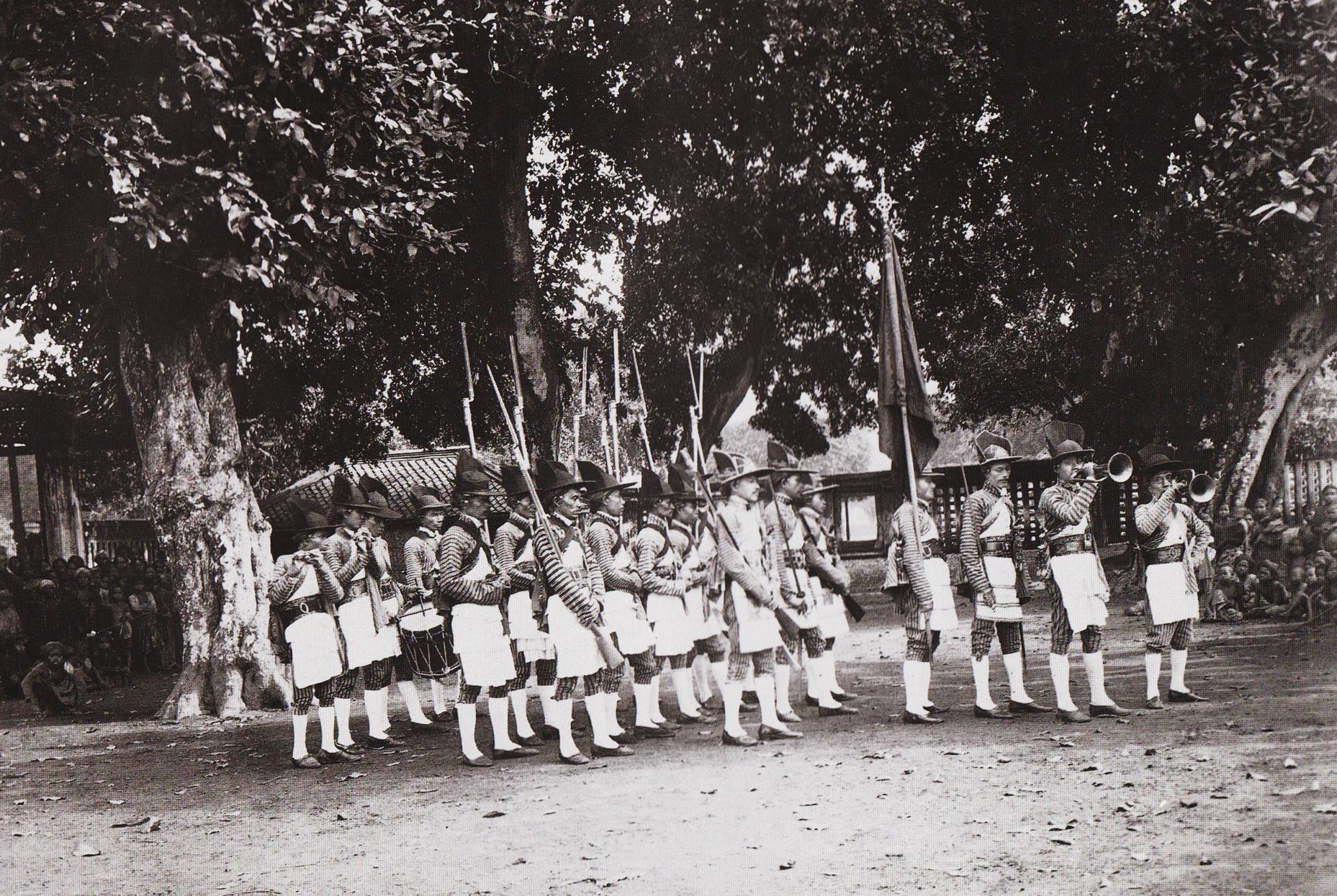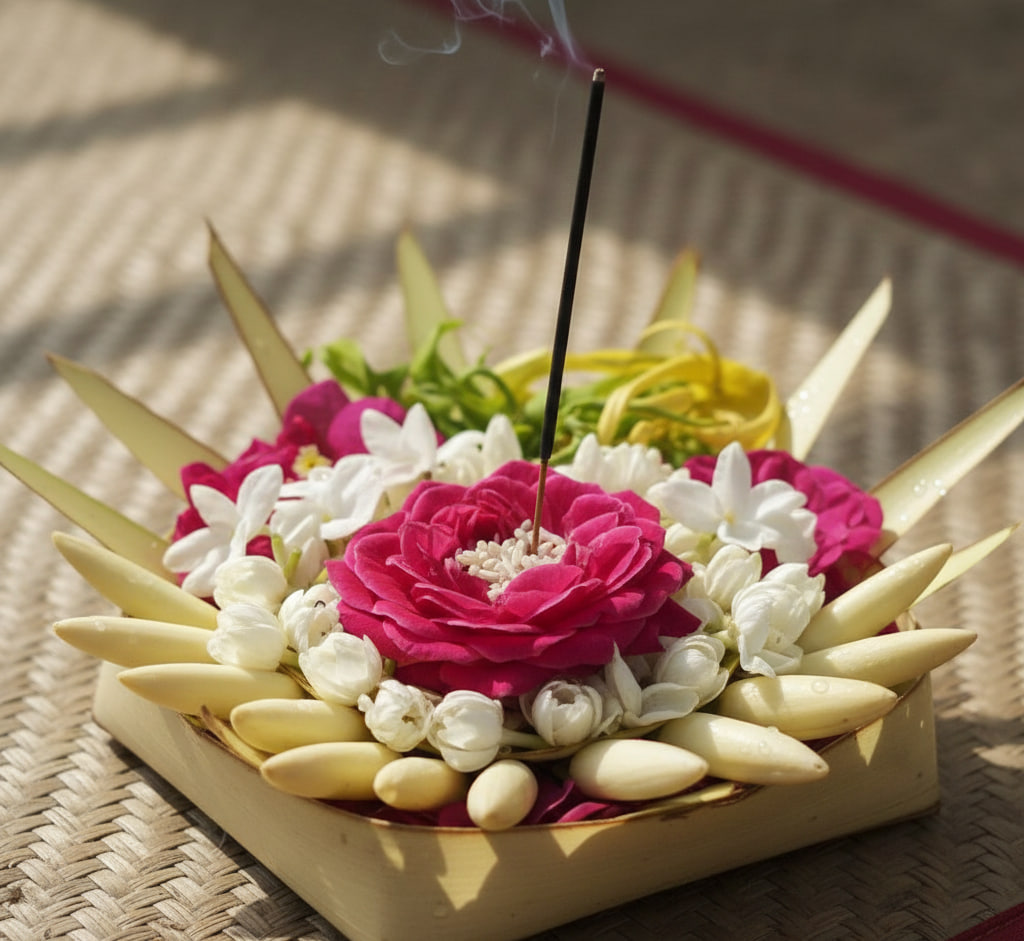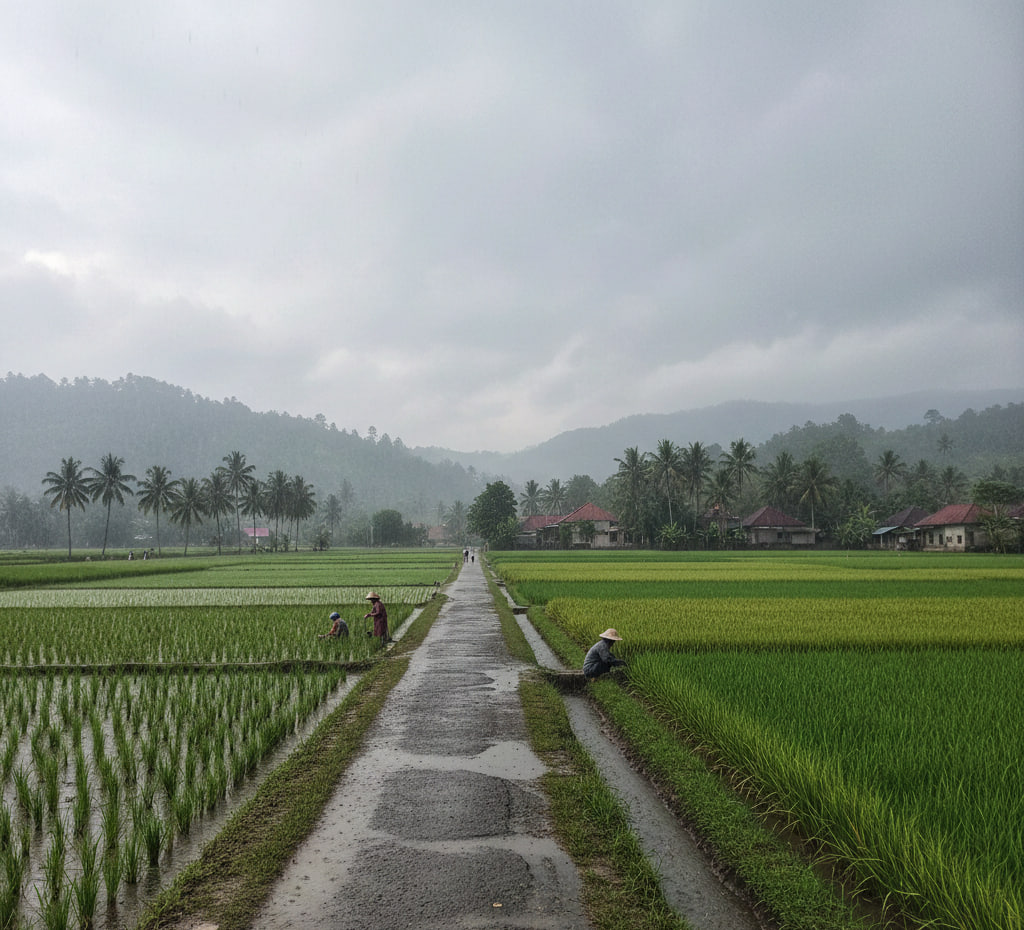News
Ha Na Ca Ra Ka: The Forgotten Script of the Javanese
When people talk about Javanese identity, most will instantly mention batik, wayang, gamelan, or maybe gudeg. Rarely do you hear someone shout, “Javanese script!” Yet those quirky letters, shaped like dancing worms, are actually one of the strongest symbols of Javanese culture.
The problem is, Javanese script is slowly fading away. Younger generations, especially those raised in the era of social media, seem more fluent in emojis than in writing “ha-na-ca-ra-ka.” Not to point fingers, but that’s the reality. That’s why some communities, like the Sidasamekta Kepek team, are trying to bring the script back into the spotlight. Think of it as a mini history lesson that won’t put you to sleep.
Now, when it comes to the origin of the Javanese script, there are two big versions. One is the traditional version, rooted in folklore passed down orally. The other is the scholarly version, analyzed through academic research.
Let’s start with the traditional one. This story is tightly linked to the legend of Aji Saka—often credited as the creator of the script. The tale goes that Aji Saka left his two loyal followers, Dora and Sembada, on Majeti Island to guard a sacred kris and some treasures. His instructions were crystal clear: never hand them over to anyone except himself.
Later, Aji Saka became king of Medangkamulan. Dora, acting on his own, set out to retrieve the treasures but ran into Sembada, who refused to break the original order. The argument escalated into a deadly fight between the two, both equally powerful, and they died together.
Realizing the tragedy was his fault, Aji Saka created what is now called sastra sarimbangan—a set of 20 Javanese letters, divided into four lines:
Ha-na-ca-ra-ka
Da-ta-sa-wa-la
Pa-dha-ja-ya-nya
Ma-ga-ba-tha-nga
Cool, right? A story of loyalty, friendship, and tragedy ended up becoming the foundation of the Javanese alphabet.
The sad part is, today the script mostly shows up on street signs or dusty textbooks rather than in daily life. But honestly, if you look at it, the Javanese script is just as aesthetic as any fancy font people use for Instagram feeds.
Maybe it’s time we don’t just “know” about ha-na-ca-ra-ka, but actually start reading, writing, and reviving it. Because if not us, then who?



